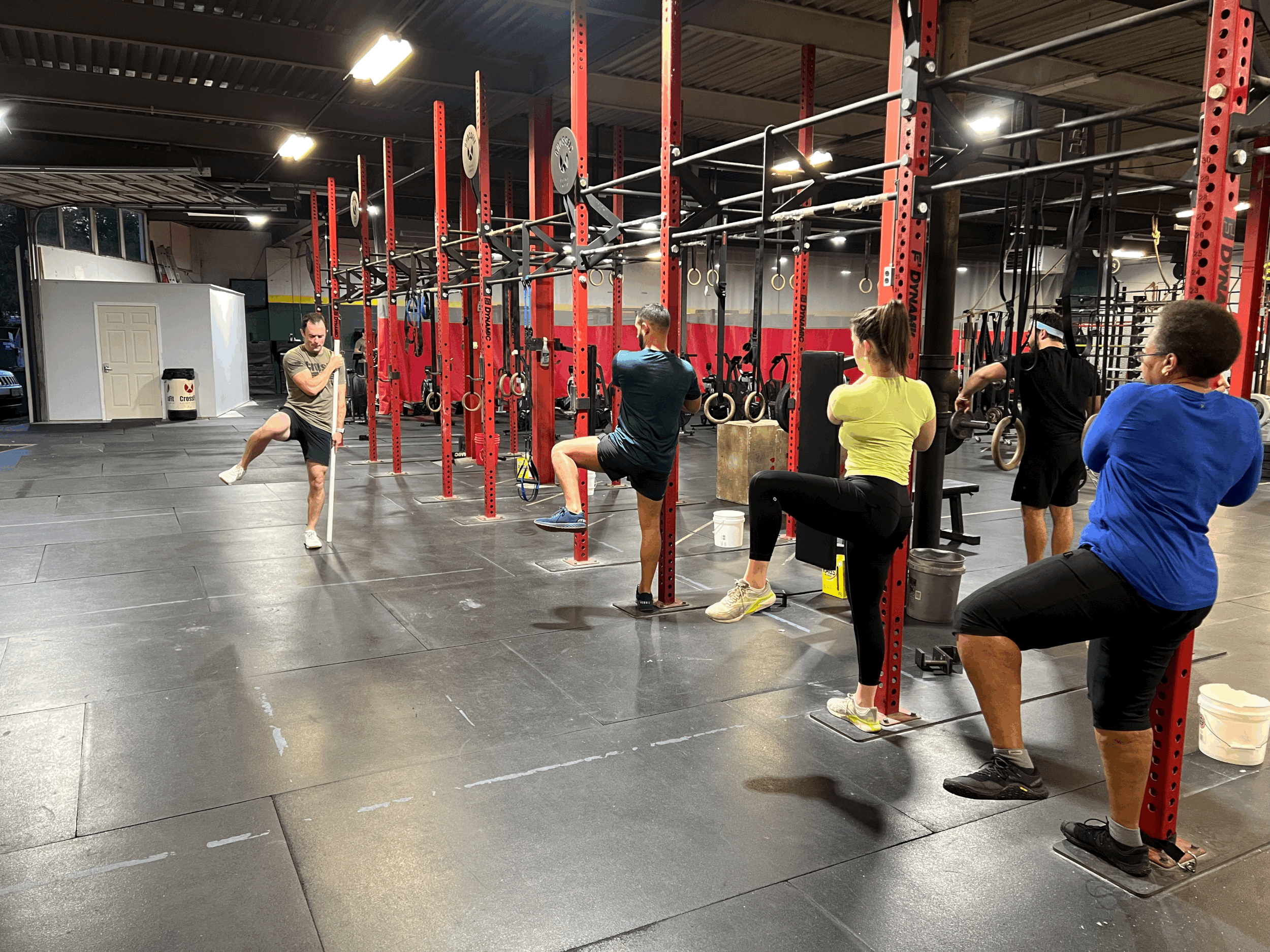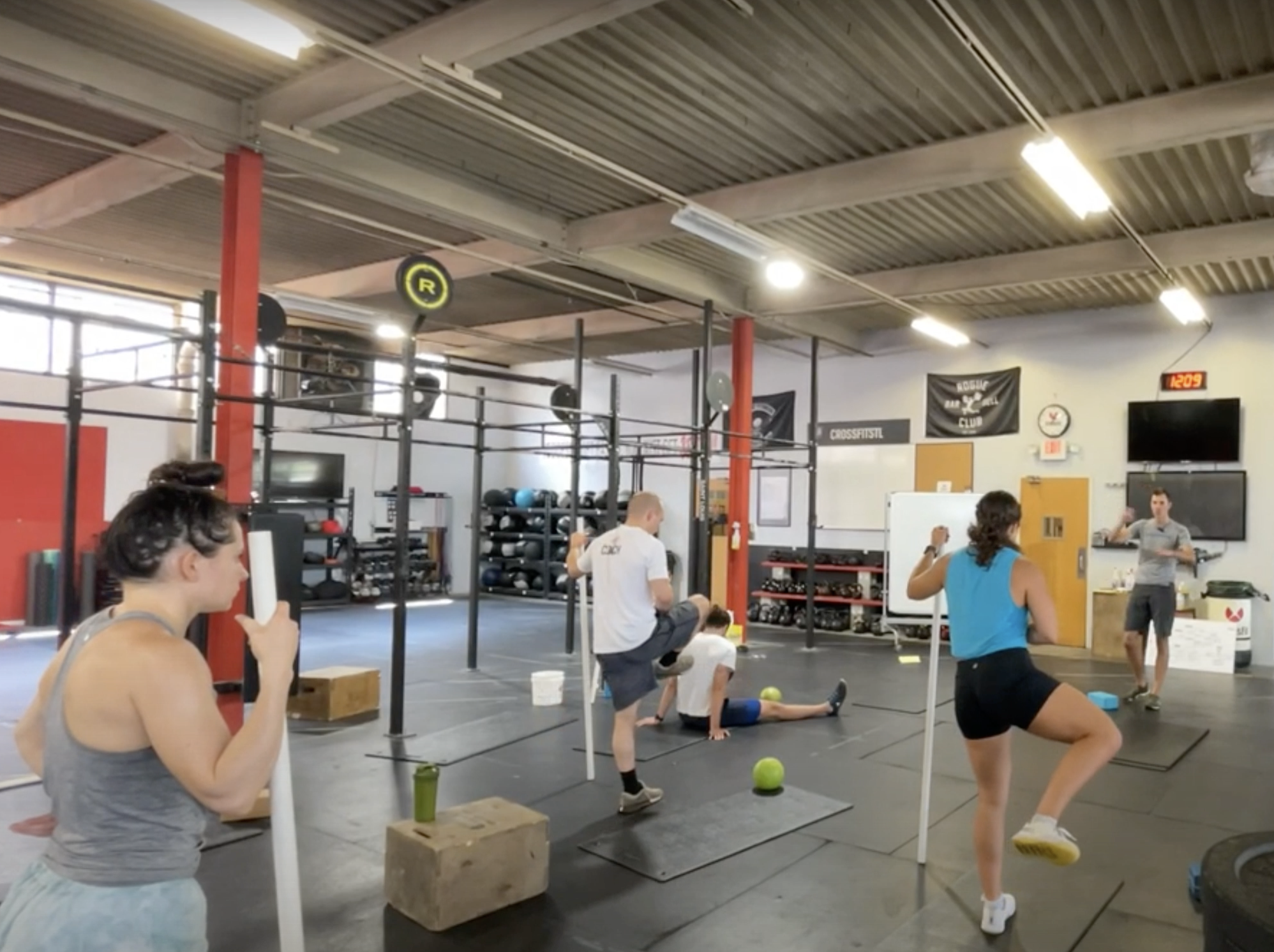
Circadian Mismatch: When Your Body's Timing Goes Haywire
Circadian disruption, akin to chaos in Amazon's shipping operations, can wreak havoc on our body's internal timing. This misalignment, often caused by excessive exposure to artificial blue light, particularly at night, has been linked to numerous health issues. Research indicates that circadian mismatch can increase the risk of cancer, Type II diabetes, and neurodegenerative diseases like Alzheimer's and Parkinson's. The body's internal clock, entrained by natural sunlight, can experience "circadian drift" when deprived of proper light cues, leading to molecular chaos and inflammation. Notably, obesity has been directly associated with brain inflammation, exacerbated by indoor living and constant artificial light exposure. To mitigate these risks, it's crucial to prioritize natural light exposure, especially in the morning, and limit artificial blue light in the evening.

Achieve New Year Goals: Focus on Systems, Not Resolutions
Why traditional New Year's resolutions often fail and how to better approach the new year. By focusing on systems instead of goals, leveraging dopamine wisely, embracing discomfort, and celebrating small wins, you can build habits that foster long-term success and personal growth.

Exercise Snacks Can Transform Your Health
Exercise snacks present an effective and sustainable way to tackle the obstacles often associated with beginning or sustaining an active lifestyle. Instead of committing to lengthy workouts that can feel daunting, consider engaging in small, manageable bursts of physical activity throughout your day. These brief moments of movement can significantly enhance your overall health and well-being without the pressure of a rigorous exercise regimen.
Whether you're in the process of rehabilitating an injury or striving to cultivate a lifelong fitness habit, it’s important to remember that every small effort contributes to larger transformations over time. Embrace the concept of exercise snacks, and gradually incorporate them into your daily routine. Your body will appreciate and benefit from these nourishing moments of activity, leading to lasting positive changes in your physical health and vitality.

Tightness: An Early Indicator of Connective Tissue Changes
Tightness is an early warning signal for potential changes in connective tissue architecture. This article emphasizes recognizing tightness and closing-angle joint pain as critical indicators for immediate intervention, enabling practitioners to prevent injuries and optimize athletic performance through targeted assessments and training.

The Language of Movement Expand Your Movement Vocabulary
Your movement vocabulary—how you sit, stand, and move—reflects your physical habits. Expanding this vocabulary through nuanced, varied movements helps prevent strain and fosters better regulation of energy and emotions. Awareness and comfort are key to adding new movement patterns that feel good and stick with you. Small, consistent changes in daily habits can unlock greater adaptability, resilience, and a fuller expression of body, mind, and spirit.

Myths of Low Back Pain (LBP) and Evidence-Based Realities
Low back pain is everywhere on social media—but much of what’s shared is a far cry from best practices. Platforms like X, TikTok, and Instagram thrive on the hype of mechanical “fix-it” approaches, leaving little room for evidence-informed, person-centered care.

Time Change: How to Guide
The end of daylight saving time can disrupt our body’s natural rhythms, leading to various health issues such as increased heart attacks, sleep problems, mood changes, and more car crashes. To mitigate these effects, experts suggest strategies for a smoother transition, including getting sunlight in the morning and afternoon, reducing nighttime light exposure, sticking to a consistent sleep schedule, and timing meals and exercise properly. By following these tips, individuals can better adjust to the time change and promote better overall health and well-being.


Shifting Perspectives:
Key Points:
Insurance-Based Model: This model often requires referrals from primary care physicians, which can lead to fragmented care. Patients may face hidden costs such as copayments and deductibles, limiting the number of covered visits. Therapists are constrained by the specifics of referrals, potentially neglecting other health concerns.
Cash-Based Model: In contrast, cash-based rehabilitation allows patients to pay directly for services without needing a referral. This model promotes a more holistic approach, enabling therapists to address multiple health issues simultaneously. Although it requires upfront payment, it often proves more cost-effective in the long run by avoiding hidden fees and unnecessary treatments.
Quality of Care: Cash-based practices generally offer higher quality care due to the direct relationship between patient and therapist. Therapists can customize treatment plans based on individual needs, leading to better outcomes and faster recovery times.
Administrative Efficiency: Cash-based therapy reduces administrative burdens associated with insurance claims, allowing therapists to focus more on patient care rather than paperwork.
Patient Satisfaction: The flexibility and personalized attention in cash-based practices often result in greater patient satisfaction compared to the limitations imposed by insurance-based models.

Why Controlled Articular Rotations (CARs)???
Controlled articular rotations offer many benefits, from joint health and injury prevention to enhanced performance and rehabilitation. Incorporating CARs into regular fitness or rehabilitation routines can significantly contribute to overall joint function and mobility, supporting long-term musculoskeletal health.

Controlled Articular Rotations (CARs) As a Daily Practice
Patience is essential to improve joint mobility and overall movement, as meaningful change takes time. Many people underestimate the time required to see real progress, often becoming frustrated or giving up before the body can adapt. This is particularly true regarding connective tissue changes, such as improving range of motion, which occur gradually through consistent practice. There is no quick fix or instant gratification in this process—connective tissue adapts slowly, and the nervous system requires repeated exposure to movements to recalibrate its limits. Without spending enough time on these efforts, the desired improvements will remain out of reach.

CARs to Retrain body Maps
CARs (Controlled Articular Rotations) act as a physical tool for cognitive rewiring, giving patients the confidence and capability to move freely and safely while fostering a deeper understanding of how their body moves in space. This expanded "workspace" of movement lays the foundation for improved mobility, strength, and resilience—making CARs an essential practice for anyone looking to maintain or enhance joint health and functional capacity.

Neurological Tightness: The Gatekeeper of Range of Motion
neurological tightness is a critical factor in determining our movement capabilities. We must acknowledge its role as a gatekeeper to better understand why traditional stretching methods may fall short and develop more comprehensive approaches to enhancing flexibility and ROM. Considering both mental and physical aspects, this holistic view paves the way for more effective movement training and rehabilitation strategies.

Reclaiming Movement: The Mind-Body Connection in Injury Recovery
Applying Global Workspace Theory to movement behavior reveals the interconnectedness of our cognitive, nervous, and musculoskeletal systems. It highlights the need for a paradigm shift in how we approach rehabilitation, training, and overall health. We must recognize that movement is not solely a physical action but a multifaceted cognitive process influenced by our perceptions, experiences, and environment. Doing so can unveil new possibilities for improving human performance and well-being.

Range of Motion Compendium
The Range of Motion Compendium explores the relationship between range of motion (ROM) and functional mobility, emphasizing the importance of passive range of motion (PROM) and the length-tension relationship in achieving optimal movement strategies. The article highlights the transition from passive to active range of motion (AROM) and the significance of connective tissue architecture in understanding musculoskeletal organization. Additionally, it introduces the concept of bioflow, challenging traditional views of movement and ROM by emphasizing the interconnectedness of body tissues in force transmission. The neurophysiological component of range of motion is also briefly mentioned, providing a comprehensive overview of the factors influencing human movement and performance.

Mobility Fix 101
Range of motion (ROM) and functional mobility are trainable skills that can significantly impact performance and injury prevention. Tailored assessment and training programs are key to improvement, involving targeted inputs, structured programs, and consistent, focused effort. Beyond flexibility, developing strength and neuromuscular control is crucial for proper functional mobility.

Biginner’s Guide to Range of Motion
The blog covers the importance of range of motion (ROM) as the foundation for all movements and its direct relation to functional mobility. Establishing a starting point (Point A) is essential to tracking progress and personalizing mobility programs while setting realistic movement goals.

America's Focus on Treatment Over Prevention: A Chronic Dilemma
The focus on treatment over prevention in the American healthcare system has led to dire consequences, particularly in musculoskeletal health. Chronic overuse injuries such as rotator cuff tears and degenerative disc disease are examples of conditions that lack preventive strategies, leading to exacerbated long-term outcomes. Without early intervention and preventive care, such as strength training and proper technique, these injuries can cause significant damage. The need for a paradigm shift towards prioritizing prevention, addressing root causes, and promoting long-term health and well-being is crucial to reverse this trend and improve overall health outcomes.

Circadian Rhythms: The Air Traffic Controller of Your Body
The circadian rhythm acts as the air traffic controller of the body, coordinating the timing of various biological processes just like an airport manages incoming and outgoing flights. Light exposure serves as the runway signals, guiding the body's internal timing. Disruptions to the circadian rhythm can lead to problems such as sleep disorders and metabolic issues. Maintaining a stable daily routine and regular light exposure can help support the body's molecular balance and prevent the adverse effects of molecular chaos, including inflammation and chronic diseases.

Witnessing the Sunrise
Watching the sunrise daily has a profound impact on our circadian rhythm, mental well-being, and overall health. This practice helps regulate the body's internal clock, improves sleep and mood, and fosters mindfulness and emotional well-being. Exposure to natural light at sunrise aligns us with natural cycles, promoting a sense of peace and purpose. Beyond the physiological benefits, witnessing the sunrise can evoke feelings of awe and gratitude, reduce stress, and improve overall health and well-being. Embracing this ritual can lead to a deeper connection with the natural world and a more purposeful life.
